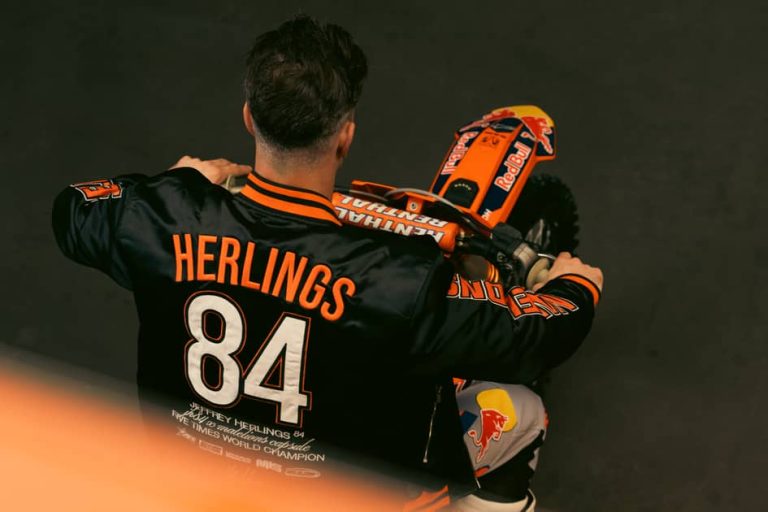With the Olympic Games in Paris this year, the mix of sports and fashion is in the spotlight. Where these worlds were previously largely considered separate, there is increasing collaboration between athletes and fashion brands, both in the higher segment and among high-street names. How are brands using this development to their advantage to appeal to their target audience and partners, and what does this mean for athletes?
Athleisure
Sports and fashion are most evident in the athleisure trend, which refers to wearing sportswear outside of the gym or the playing field. Athleisure offers the comfort of sportswear, while the style itself is becoming increasingly popular, from yoga leggings to soccer jerseys. This creates an interesting intersection between athleisure enthusiasts—whether they’re athletic or not—and professional athletes.
One brand that recognizes this convergence and uses it to its advantage is Malelions. In a recent interview with e-commerce & brand manager Jimmy van der Pas, FashionUnited gained a deeper insight into how the brand is using strategic partnerships in the world of extreme sports to strengthen both their brand and the careers of athletes.
Extreme sports and “Athletes Family”
Malelions, the fast-growing Dutch brand, started its entry into the market by selling athleisure tracksuits. Today, they offer a full brand offering, focusing on the motto: “Winners never give up and quitters never win.” This mentality fits in well with the world of extreme sports, a category of sports with a high risk factor. Think of motocross, kickboxing and car racing. The fans of these sports, with an all-or-nothing mentality, are the ideal target group and niche for Malelions.
With this mindset, Malelions started the “Athletes Family,” an initiative that sponsors selected athletes in their careers. These sponsorships are not just about financial support, but offer mutual growth in career and brand awareness. This creates networking opportunities and strengthens both the Malelions brand identity and the relationship between the brand and the athlete’s supporters. Van der Pas makes it clear that these collaborations stem from a passion of the Malelions team and emphasizes that it is not always about income and reputation; the Athletes Family is very personal to Malelions.
Collaborations and collections
The brand has successfully collaborated with prominent athletes such as motocross racer Jeffrey Herlings, F2 racer Richard Verschoor and kickboxer Nieky Holzen. These partnerships often result in co-branded collections, in which the personality of the athletes is integrated with the brand in a series of products. The collection of Jeffrey Herlings contains items with prints of “Herlings 84,” a fusion of the identity of Herlings and the design of Malelions. On Wednesday 7 August, the third collaboration with Hellings was launched after the success of the previous two. They have also extended the sponsorship for a year, which will result in a unique collaboration in the future. This way, fans get access to limited editions with which they can support their favorite athletes.
For Malelions partners, these types of collaborations are crucial to keep an eye on, because while they are not primarily focused on commercial gain, they give the brand a significant boost in hype. While the products are a nice physical outcome of a collaboration, van der Pas wants to emphasize that sponsorships are mainly about the bond and support that is formed between the brand and the athlete.
Physical events and launches
Physical events also play a role in Malelions’ marketing strategy, such as the recent launch at Jack’s Racing Days with Richard Verschoor. Such events offer direct interaction, which strengthens brand loyalty and provides valuable feedback. Activities like these not only increase the visibility of the brand, but also the visibility of the athlete themselves.
Future plans and challenges
According to Van Der Pas, Malelions wants to look beyond clothing and is exploring the possibility of creating specific sports accessories. Think of co-branded gear such as boxing gloves and racing suits. However, this requires strict quality control and certification, which is a challenge compared to standard clothing production, but which Malelions is striving for. In addition to the “Athletes Family,” Malelions is also building an “Artist Family,” where they sponsor more than 50 artists in a similar way.
Malelions demonstrates that the power of collaboration lies not only in commercial gain, but above all in building relationships that strengthen the brand, the athletes and the partners. The resulting sponsorships and collections are an example of how two separate industries can come together to drive growth and appeal to a specific niche.


